
Enlarge / Air pollution in China apparently includes a dash of banned ozone-depleting CFCs. (credit: NASA Earth Observatory)
A couple months ago, an atmospheric study revealed that someone had started producing an ozone-depleting pollutant that had been banned under an international agreement to protect the ozone layer. The new source was preventing the chemical from dissipating on schedule. Although the researchers were careful about what they could conclude from regional measurements, they found that eastern Asia was likely the source.
Now, a UK-based NGO called the Environmental Investigation Agency (EIA) says that it has uncovered a number of Chinese companies that are responsible. If you’re expecting an elaborate infiltration and undercover sting... adjust your expectations. The investigation seems to have been shockingly easy, with the culprits’ representatives strangely amenable to detailing their illegal operations.
Mystery solved through Google
The EIA started with a simple Internet search, which turned up a few companies that were apparently advertising sales of the banned chemical, known as CFC-11. Like other CFCs, 11 can be used as a refrigerant or a propellant in aerosol spray cans. But it was also widely use to “inflate” foam insulation, and that seems to be the market where at least some of its illicit use has continued.
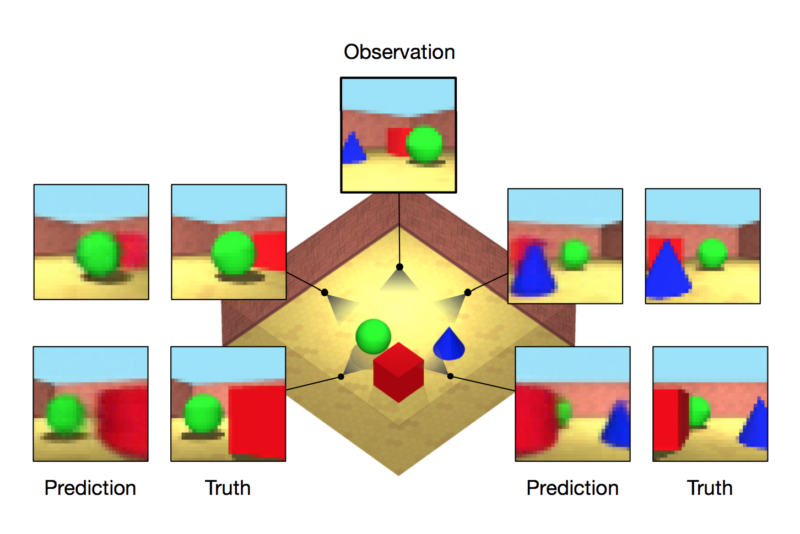
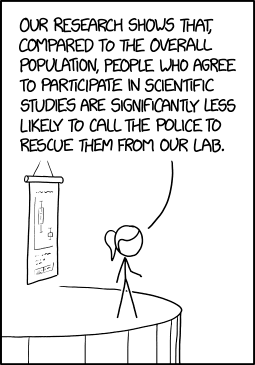











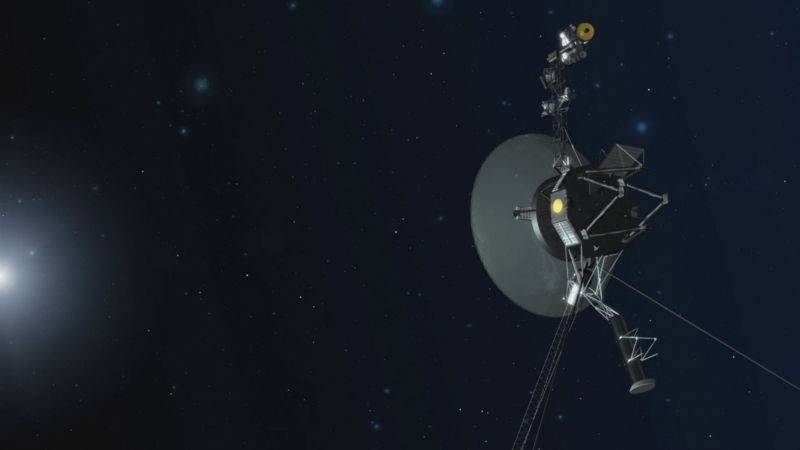









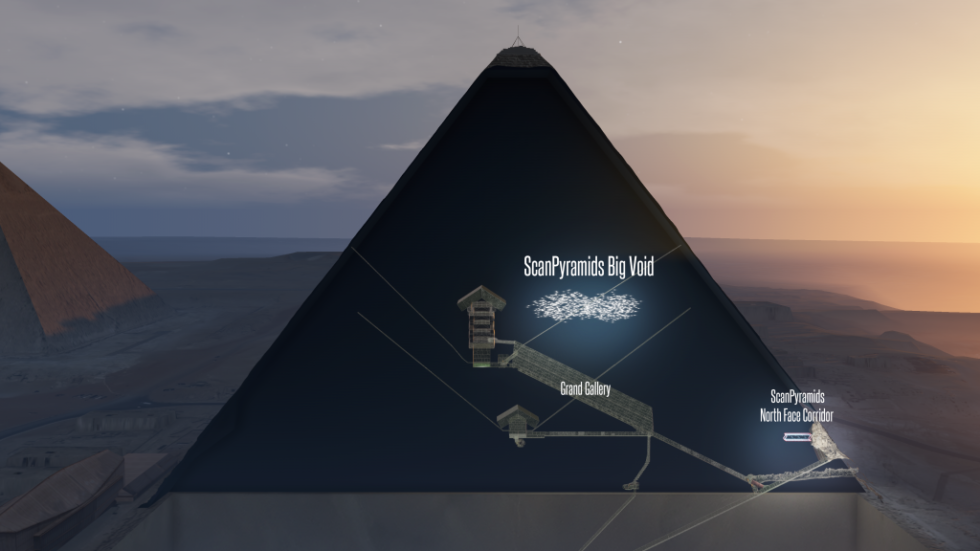


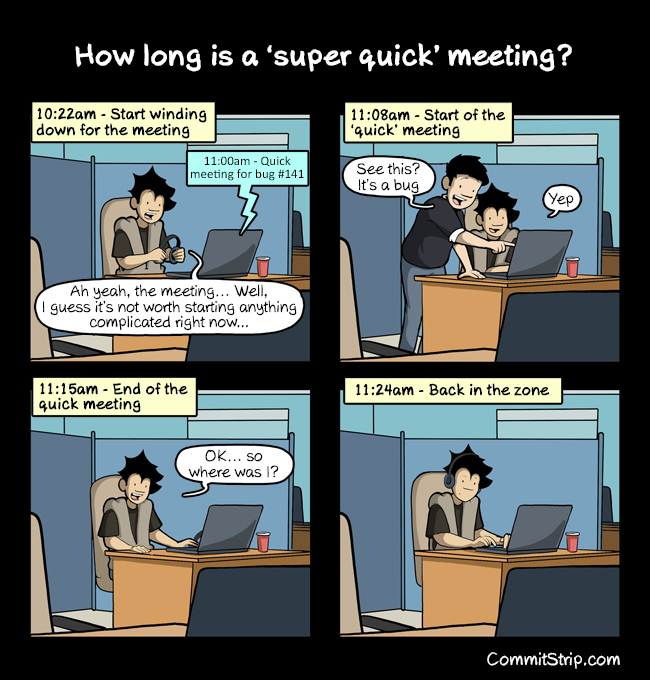
 Crowdfunding for the Purism 5 Linux phone has soared past $200,000 — and is on course to succeed.
Crowdfunding for the Purism 5 Linux phone has soared past $200,000 — and is on course to succeed.